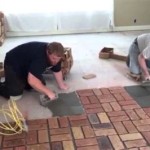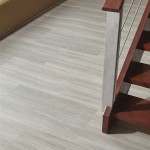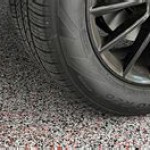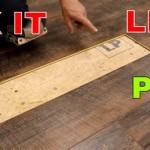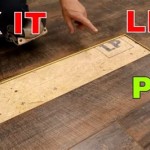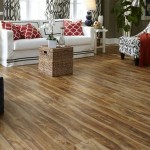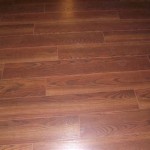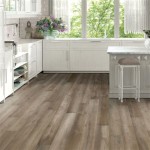Essential Aspects of Engineered Hardwood Flooring Below Grade
Engineered hardwood flooring offers a sophisticated and durable flooring option, but its installation below grade requires careful consideration to ensure longevity and performance.
Moisture Resistance
Below-grade environments are typically characterized by high humidity and moisture levels, which can pose a significant threat to traditional hardwood flooring. Engineered hardwood flooring, however, features a multi-layered construction that includes a moisture-resistant core. This core is designed to repel moisture and prevent warping or buckling, making it suitable for below-grade installations.
Vapor Barrier
To further protect the flooring from moisture, installing a vapor barrier beneath the subfloor is crucial. A vapor barrier acts as a buffer, preventing moisture from the ground or crawlspace from seeping into the flooring. Vapor barriers are typically made from heavy-duty polyethylene or rubber and should extend at least 6 inches up the walls of the crawlspace or basement.
Subfloor Preparation
The subfloor beneath the engineered hardwood flooring must be level, dry, and structurally sound. Uneven subfloors can cause squeaks and premature wear, while moisture can lead to mold and rot. If necessary, level the subfloor using self-leveling compounds or plywood underlayment. Ensure that the subfloor is completely dry before installing the flooring.
Installation
Professional installation is highly recommended for engineered hardwood flooring below grade. Proper installation techniques involve floating the flooring over the subfloor to allow for slight movement due to moisture and temperature fluctuations. The planks should be glued together and secured to the subfloor using nails or screws.
Maintenance
Regular maintenance is essential to preserve the beauty and longevity of engineered hardwood flooring below grade. Vacuum or sweep the flooring regularly to remove dirt and debris. Avoid using excessive moisture when cleaning, as it can damage the flooring. Use a damp mop or microfiber cloths for routine cleaning. Periodically inspect the flooring for signs of moisture or damage, and address any issues promptly.

Engineered Hardwood Ultimate Water Resistant Flooring For Basements

Engineered Hardwood Flooring Vermont Wide Plank

How To Install Lock Engineered Hardwood Flooring

Home Grade Level Chart Ll Flooring

Installing A Hardwood Floor Over Concrete Slab American Information Center

Solid And Engineered Hardwood Flooring Nufloors La Crete

Solid Hardwood Vs Engineered Flooring Carpet One Floor Home

Installing Engineered Hardwood On Concrete Twenty Oak

Tar And Screed Wood Floor Installation Hardwood Floors

Wood Flooring Grade Explained

